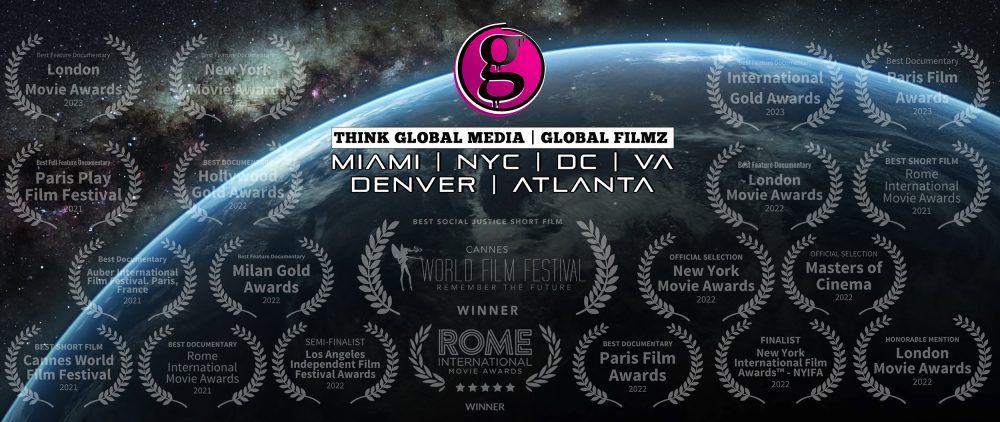
The Differences Between a Documentary Producer vs a Director and the Benefits of Both New York City
The Differences Between a Documentary Producer vs a Director and the Benefits of Both New York City
In the bustling realm of documentary filmmaking, two key roles, the producer and the director, play pivotal roles in shaping the narrative and visual elements of a project. New York City, with its vibrant culture and diverse landscapes, provides a unique backdrop for these professionals to collaborate and create compelling documentaries. Understanding the nuances between a documentary producer and a director is crucial for unlocking the full potential of a film, and in the context of New York City, the benefits of this collaborative synergy become even more pronounced.
producers and directors each contribute their distinctive skills and perspectives to the filmmaking process. The producer is the logistical maestro, responsible for the project’s overall organization, budgeting, and coordination. They secure funding, arrange shooting schedules, and manage the myriad details that ensure the smooth running of the production. In contrast, the director is the creative force, shaping the artistic vision of the documentary. They work closely with the cinematographer and the rest of the creative team to capture the story in a visually compelling way, making critical decisions about framing, lighting, and overall style.
The synergy between these roles becomes evident in the dynamic documentary landscape of New York City. The city’s rich tapestry of cultures, histories, and social dynamics provides a wealth of material for filmmakers. The producer’s role is particularly crucial in this environment, as the complexities of filming in a densely populated urban setting require meticulous planning and organization. Securing permits, managing location logistics, and navigating the bureaucratic landscape are all essential tasks that fall under the producer’s purview. In New York City, where time is often of the essence, an adept producer can ensure that the production stays on track and within budget.
On the other hand, the director’s creative instincts come to the forefront in a city known for its iconic landmarks and diverse neighborhoods. From the historic architecture of Lower Manhattan to the vibrant street life in Brooklyn, a skilled director can weave these elements into a captivating visual narrative. New York City’s cultural diversity provides a wealth of human stories waiting to be told, and the director’s ability to capture the nuances of these narratives can elevate a documentary to new heights. Whether exploring the struggles of marginalized communities or delving into the untold stories hidden within the city’s nooks and crannies, the director’s vision shapes the emotional core of the documentary.
The collaborative process between a documentary producer and a director is where the magic truly happens. In New York City, the producer’s logistical prowess and the director’s creative ingenuity intersect to overcome the challenges inherent in urban filmmaking. This dynamic partnership allows for a seamless integration of the practical and artistic aspects of documentary production.
One of the key benefits of this collaboration is the ability to leverage the city’s vast pool of talent and resources. New York City is a hub for filmmakers, cinematographers, sound designers, and other industry professionals. A skilled producer can tap into this network to assemble a team that complements the unique requirements of the documentary. Meanwhile, the director can draw inspiration from the diverse perspectives and talents of the city’s creative community, resulting in a documentary that reflects the richness of New York City’s cultural tapestry.
Furthermore, the city’s eclectic locations serve as a playground for documentary filmmakers. The juxtaposition of iconic landmarks with lesser-known neighborhoods provides a visual palette that can enhance the storytelling. The producer’s ability to secure diverse and captivating locations, combined with the director’s vision, allows for a documentary that not only informs but also immerses the audience in the essence of New York City.
In conclusion, the distinctions between a documentary producer and a director are essential for understanding the collaborative dynamics that drive successful documentary filmmaking. In the context of New York City, these roles take on added significance, with the city’s vibrant culture and diverse landscapes providing a unique backdrop for creative expression. The synergy between a meticulous producer and a visionary director allows for a seamless integration of logistics and artistry, resulting in documentaries that capture the essence of the city that never sleeps. As the documentary landscape continues to evolve, the collaboration between producers and directors in New York City stands as a testament to the enduring power of storytelling in the heart of urban dynamism.





